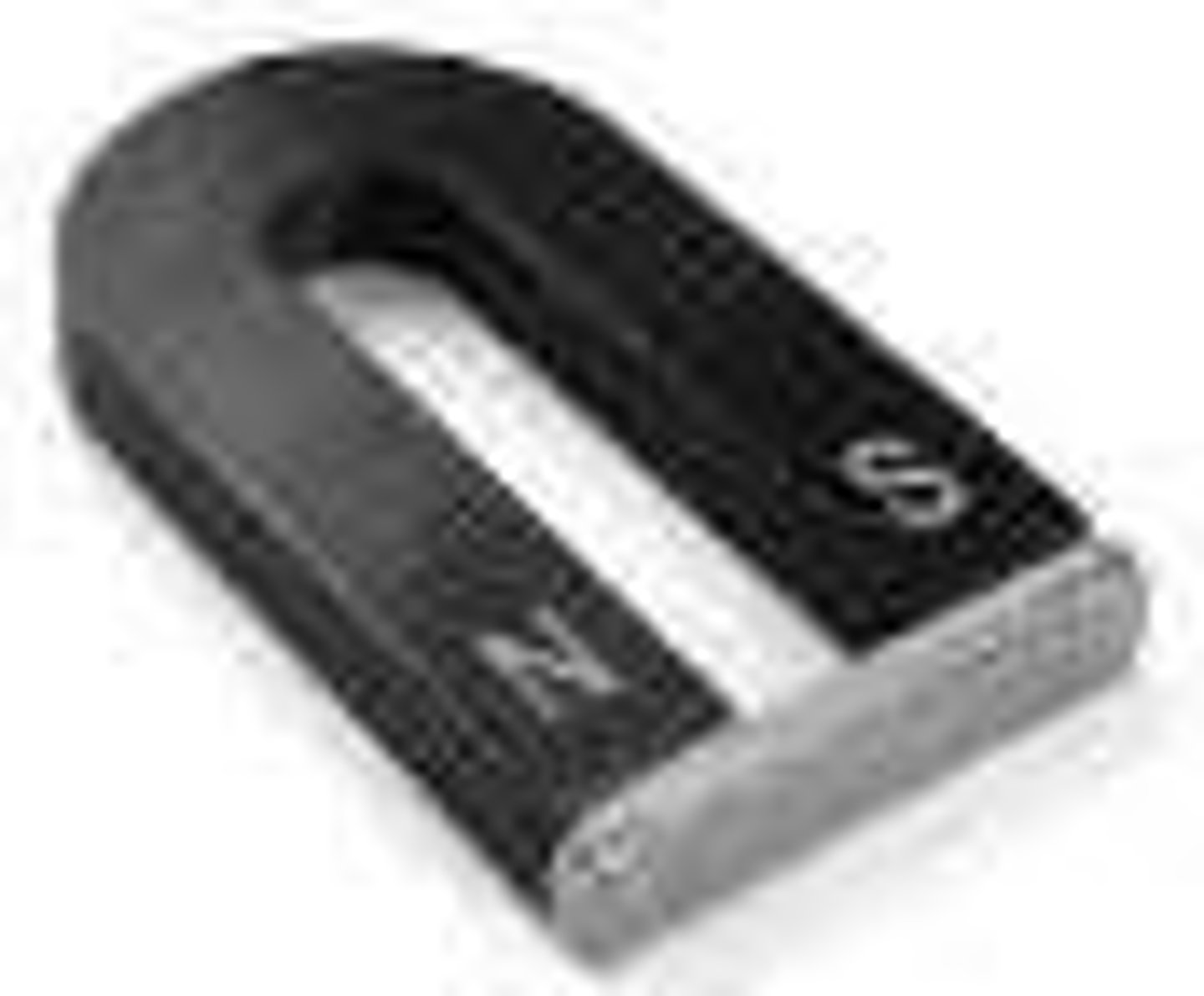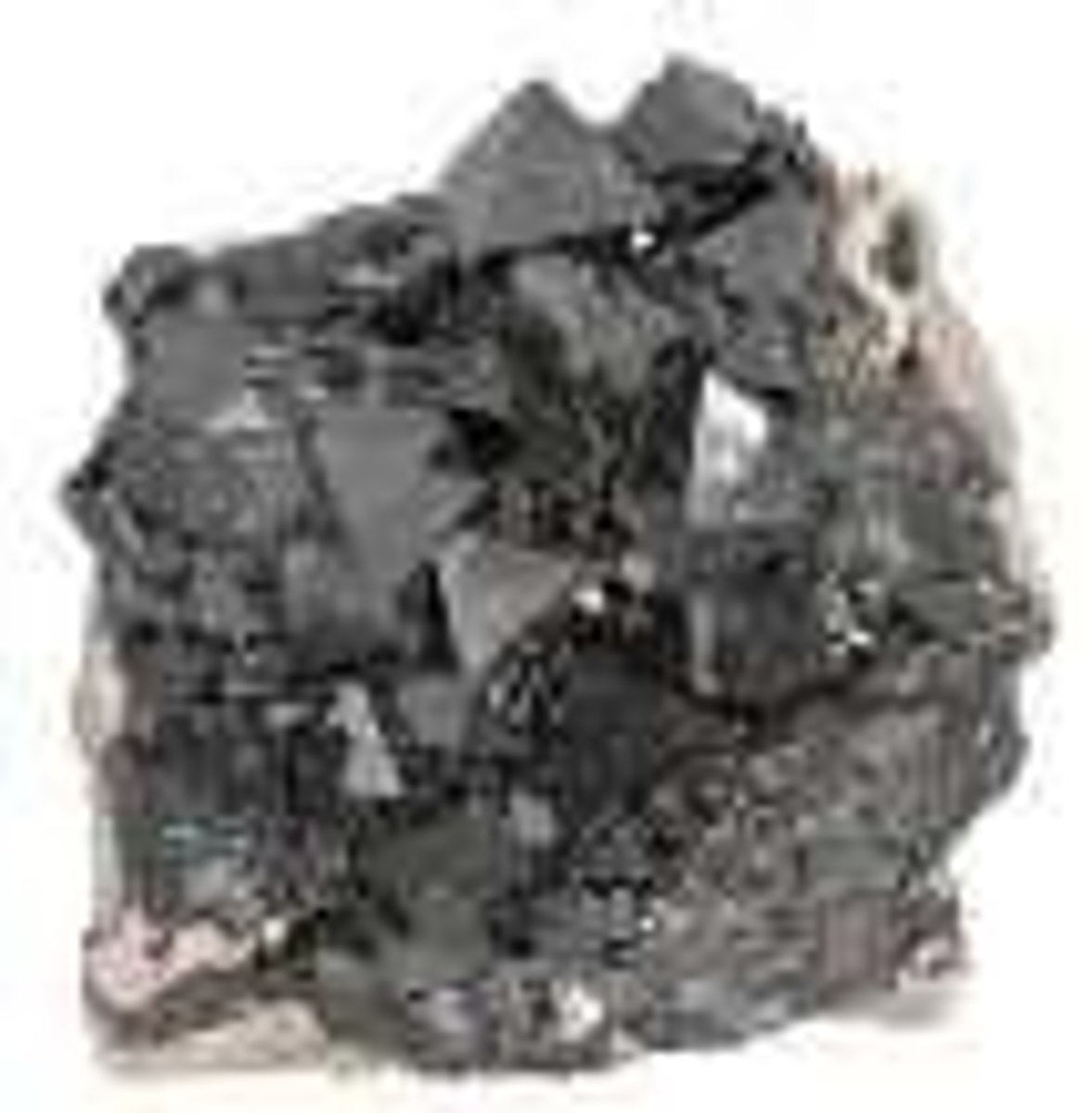Fundamentals of Electricity and Electrical Systems
1/192
There's no tags or description
Looks like no tags are added yet.
Name | Mastery | Learn | Test | Matching | Spaced |
|---|
No study sessions yet.
193 Terms
Electricity
A physical entity associated with the atomic structure of matter which occurs in polar forms (positive and negative) which are separable by expenditure of energy; an invisible form of energy capable of moving 186,000 miles per second.
Charge
A property of matter just like mass, volume, or density. It is measurable and can come in two types: positive (+) or negative (-).
Charge carriers
Particles that move charge; electrons carry a negative charge, while protons carry a positive charge.
Electrostatic force
A force that operates between charges, stating that charges of the same type repel each other, while charges of opposite types are attracted together.
Coulomb's law
The law that describes the electrostatic force between two charges, which depends on the distance between them; closer charges experience a greater force.
Electrons
Negatively charged particles that act as charge carriers in atoms.
Protons
Positively charged particles found in the nucleus of an atom.
Neutrons
Neutral particles found in the nucleus of an atom that have no charge.
Electric charge
A fundamental property of matter borne by elementary particles, such as electrons and protons, which can be stationary or in motion.
Elementary particle
The basic building blocks of matter, such as electrons and protons, that carry electric charge.
Ion
A charged particle that results from the loss or gain of electrons, leading to an imbalance of positive and negative charge.
Static electricity
An electrical charge that accumulates on the surface of objects, often resulting from friction.
Electromagnetic induction
The process by which a changing magnetic field can induce an electric current in a conductor.
Electrical current
The flow of electric charge, typically measured in amperes.
Electromagnetic radiation
Energy that travels through space in the form of waves, such as radio waves, which can be created and received through electricity.
Nucleus
The center of an atom where protons and neutrons are densely packed together.
Orbiting electrons
Electrons that move around the nucleus of an atom in defined paths or energy levels.
Thales
A Greek philosopher who observed that amber attracted small bits of straw after being rubbed against cloth around 500 B.C.
Positive charge
A type of electric charge carried by protons.
Negative charge
A type of electric charge carried by electrons.
Opposites attract
The principle that positive and negative charges are attracted to each other.
Likes repel
The principle that charges of the same type repel each other.
Flow of electric charge
The movement of electrons through a conductor, which constitutes electricity.
Physical phenomena of electricity
Effects associated with the presence and flow of electric charge, such as lightning and static electricity.
Plato
An ancient philosopher whose works include observations recorded in 300 B.C.
Jerome Cardan
An Italian mathematician who distinguished the properties of amber and lodestone in A.D. 1551.
Amber
A material that attracts many light objects, as noted by Jerome Cardan.
Lodestone
A magnetic black rock that only attracts iron, distinguished from amber by Jerome Cardan.
William Gilbert
A doctor who discovered that materials like diamonds and glass behaved similarly to amber in 1600.
Electrics
A term coined by William Gilbert for materials that behave like amber, derived from the Latin word for amber, electrum.
Heinrich Hertz
A physicist who demonstrated the existence of electric waves and theorized that electromagnetic waves could transmit energy.
Hertz (Hz)
A unit of frequency named after Heinrich Hertz, referring to oscillation cycles.
James Clerk Maxwell
A physicist who laid the foundations for electrodynamics and demonstrated the relationship between magnetic fields and electric currents.
Ampere (A)
A unit of electrical current named after James Clerk Maxwell.
Charles-Augustin de Coulomb
A mathematician known for his work in electromagnetism and for Coulomb's Law regarding forces between two bodies.
Coulomb (C)
A unit of electric charge named after Charles-Augustin de Coulomb.
George Simon Ohm
A physicist who discovered the law of resistance in electrical circuits, known as Ohm's Law.
Ohm's Law
The relationship between current, voltage, and resistance in a circuit, formalized in 1826.
Ohm
A unit of resistance adopted in 1983, defined as the resistance of a standard column of mercury.
Thomas Alva Edison
An inventor associated with the development of the first commercially-practical incandescent lamp and the first central electric light power station.
Incandescent lamp
The first commercially-practical electric light bulb developed by Thomas Alva Edison in 1879.
Werner von Siemens
A prolific inventor and entrepreneur known for his contributions to electrical engineering.
Michael Faraday
A German engineer who designed the dynamo in 1856, a device which utilized opposing electromagnets to produce a magnetic field around the armature rather than around a permanent magnet.
Dynamo
A device designed by Michael Faraday in 1856 that utilized opposing electromagnets to produce a magnetic field around the armature.
Electroplating
A process for which Michael Faraday was granted a patent, involving the deposition of a layer of metal onto a surface.
Siemens AG
The company founded by Michael Faraday, originally known as Siemens and Halske.
Nikola Tesla
Born in 1856, he is known for his experiments on magnetic forces and the invention of the Faraday cage.
Faraday cage
An enclosure designed by Nikola Tesla to shield from electromagnetic fields.
Joseph Henry
An American physicist known for his discovery of electromagnetic induction and self-induction.
Inductance
The property of an electrical circuit that opposes changes in current, measured in henries (H).
Henry (H)
The unit of inductance named in honor of Joseph Henry.
Count Alessandro Volta
The inventor of the world's first battery, the voltaic pile.
Voltaic pile
The world's first battery invented by Count Alessandro Volta, designed as a result of a disagreement with Luigi Galvani.
Electrophorus
A device invented by Volta in 1775 that could transfer an electric charge to other objects.
Methane gas
A gas discovered and isolated by Volta using the voltaic pile's capacity for electrolysis.
Volt
The unit of electric potential named after Count Alessandro Volta.
James Watt
A Scottish engineer who contributed to the development of the steam engine and has a unit of electric charge named after him.
Watt
A unit of electric charge equal to 1 joule per second, or 10 million ergs.
Horsepower
A unit of power equivalent to 746 watts.
Wilhelm Eduard Weber
A German physicist who contributed to the determination of an absolute unit of electrical resistance.
Electromagnetic telegraph
An invention by Wilhelm Eduard Weber and Johann Carl Friedrich Gauss in 1833.
Weber (Wb)
The SI unit of magnetic flux named after Wilhelm Eduard Weber.
Magnet
Ore with the property of attracting iron, steel, or other metals.

Magnetism
The attractive power of a magnet.
Electricity and Magnetism
Inter-related phenomena produced by electromagnetic force resulting in electromagnetism.
Electromagnetism
A phenomenon where an electric charge produces a magnetic field, and a magnetic field creates electric charge movement.
Electromagnetic wave
A wave in which the electric field and magnetic field are perpendicular to each other.
George Westinghouse
An American entrepreneur and engineer known for his use of AC in wide-scale electric distribution, which led to a rivalry with Edison's DC power plants.
Magnetic poles
The poles of a magnet that will point toward the geomagnetic poles of the Earth.
Magnetic Attraction and Repulsion
Like magnetic poles repel, and unlike magnetic poles attract.
Electromagnet
A coil of wire through which a magnetic circuit is partly or entirely completed through a magnetic material (such as iron).
Dynamic Electricity (Electrodynamics)
Electricity that flows through a substance or over its surface in the form of an electric current.
Static Electricity (Electrostatics)
A form of electricity that appears to remain on the surface of a body as a charge.
Mechanical Friction
A basic source of electricity when certain materials are rubbed together, transferring electrons and creating an electric charge.
Natural Magnets
Iron ores called magnetite that exhibit magnetic properties.

Permanent Magnets
Bars of hardened steel which have been permanently magnetized.
Electromagnets
Soft iron core wound with a coil or insulated wire that produces a magnetic field when electric current flows through it.
Chemical Action or Electro-chemical Process
Electricity production by the interaction of two dissimilar metals such as zinc and copper in a conducting solution called electrolyte.
AC Generator (Alternator)
A machine that produces alternating current, measured in KVA.
DC Generator
A machine that produces direct current, measured in KW.
AC to DC
The process of converting alternating current to direct current using a rectifier.
DC to AC
The process of converting direct current to alternating current using an inverter.
Electricity vs Magnetism
Electricity is the movement of electrons or electric charge, while magnetism is an invisible force caused by the motion of electric charges.
Electric mono-poles
Particles with positive or negative electric charges that exist in the form of electric charges.
Magnetic mono-poles
Do not exist because magnetic charges are produced in opposite pairs.
Applications of Electricity
Electricity is used everywhere from lighting, heating and cooling, to computers, machinery and electronic appliances.
Applications of Magnetism
Magnets are used on refrigerator doors, to store data on computers, and in compass needles.
Photo-electric
Power generated by light (whether natural sunlight or artificial illumination) falling upon a photosynthetic material such as cesium or selenium. This process is known as photoelectric emission.
Thermo-electric
Energy is generated by heating the junction of two dissimilar metals such as iron welded to a copper wire. The resulting junction is called a thermocouple.
Piezo-electric
Energy is generated through the application of mechanical pressure (such as compression, stretching, twisting) upon certain crystals such as quartz and Rochelle salts.
Nuclear Energy
Nuclear fission releases a huge quantity of energy. This energy is used to produce steam which rotates a turbine coupled with an alternator. The alternator produces electrical power.
Wind Power
Wind power is the conversion of wind energy into more useful forms, usually electricity using wind turbines.
Tidal Power
A tidal power system operates in much the same way as a hydroelectric plant. A dam is constructed across a coastal inlet and the incoming tide runs through turbines in the dam, turning a generator to produce electricity.
Renewable Energy
Energy sources that can be replenished naturally, such as wind, solar, and hydroelectric power.
Non-renewable Energy
Energy sources that are finite and will eventually deplete, such as coal, oil, and natural gas.
Coal and Natural Gas
They are used to heat water, and with the steam they generate, the turbine starts turning, moving the magnets and initiating the process.
Fossil Fuel (Petroleum)
The Internal Combustion Engine (ICE) is a heat engine in which the burning of a fuel occurs in a confined space called a combustion chamber.
Hydroelectricity
Electricity obtained from hydropower, primarily from the potential energy of dammed water driving a water turbine and generator.
Head
The height difference between the source of water and the water's outflow, which affects the potential energy extracted from water.
Geothermal Power
The use of geothermal heat for electricity generation, which may not be strictly renewable due to potential depletion of heat at any location.